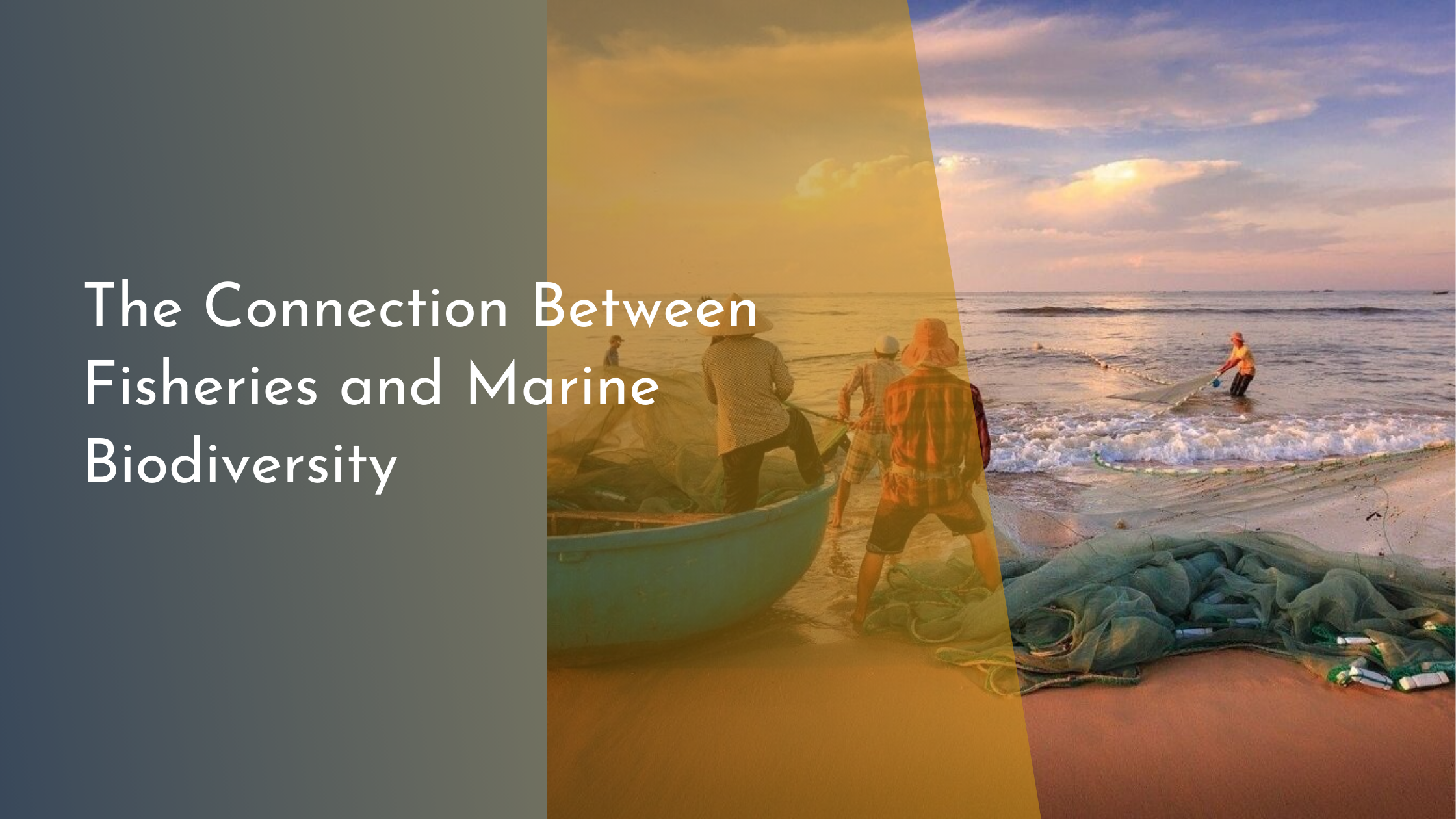The Connection Between Fisheries and Marine Biodiversity
Marine biodiversity, the dazzling array of life forms beneath the ocean surface, encompasses everything from the smallest plankton to the most majestic whales. It is fundamental to the health of our planet, influencing climate, food chains, and even human livelihoods. However, the intricate tapestry of aquatic life is closely interwoven with human activities, notably fisheries. While historically viewed as simply harvesting from the sea, modern fisheries play a complex role in maintaining or disrupting marine biodiversity. By understanding this connection, we can better appreciate and enhance the harmony between fisheries and marine ecosystems.
Understanding Marine Biodiversity Basics
Marine biodiversity refers to the variety and variability of life forms in the ocean, which accounts for over 70% of Earth’s surface. This diversity is critical for ecosystem resilience, as a wide range of species can adapt to changes and maintain balance within the environment. From coral reefs bustling with life to the serene migratory paths of whales, the ocean’s biodiversity is a testament to nature’s creativity and adaptability. Each species, no matter how small, contributes to the ocean’s health, whether it’s through nutrient cycling, habitat formation, or as a crucial link in the food web.
The sheer scope of marine biodiversity is staggering. Scientists have cataloged around 230,000 marine species, but it’s estimated that millions more remain undiscovered. This incredible diversity is not evenly distributed; some areas like coral reefs and seagrass beds are hotspots for biodiversity, teeming with life due to their complex structures and abundant resources. Understanding the fundamentals of marine biodiversity is essential for recognizing its value and the need to protect it against threats such as pollution, climate change, and unsustainable fishing practices.
The Role of Fisheries in Ecosystems
Fisheries play a dual role in marine ecosystems, acting as both harvesters of ocean resources and stewards of the environment. They provide vital sources of protein for billions of people worldwide and sustain the livelihoods of many coastal communities. However, the extraction of fish and other marine organisms must be carefully managed to prevent negative impacts such as overfishing, habitat destruction, and bycatch, which can lead to significant biodiversity loss.
On the positive side, well-managed fisheries can contribute to the health of marine ecosystems by maintaining balanced populations and supporting local economies. Through practices such as fishing quotas, gear restrictions, and closed seasons, fisheries can reduce their environmental footprint and promote the recovery of depleted fish stocks. By understanding their role within the ecosystem, fisheries can shift towards more sustainable practices that align with the preservation of marine biodiversity.
Positive Impacts of Sustainable Fishing
Sustainable fishing practices have the potential to transform the relationship between fisheries and marine ecosystems for the better. By regulating catch limits and employing more selective fishing techniques, sustainable fisheries can minimize their impact on non-target species and habitats. This approach not only prevents the depletion of fish stocks but also encourages the recovery of endangered species, fostering a more resilient and diverse ecosystem.
Moreover, sustainable fishing supports local communities by ensuring that fish populations remain stable and plentiful for future generations. It allows for the continuation of cultural traditions and economic activities tied to the sea while promoting responsible consumption patterns. Through global initiatives and local efforts, sustainable fishing practices are proving that it is possible to meet human needs without compromising the ocean’s health, ultimately supporting the broader goal of marine conservation.
Celebrating Harmony in Ocean Conservation
Celebrating the harmony between fisheries and marine biodiversity involves recognizing successful conservation efforts and inspiring further action. Many regions have seen remarkable recoveries in fish populations and marine habitats due to the adoption of sustainable practices. Marine protected areas, innovative management strategies, and community-led conservation projects are shining examples of how humans can contribute positively to ocean health while benefiting from its resources.
By promoting awareness and education, we can inspire others to join in the effort to protect our oceans. Celebrating successes in marine conservation encourages more people to become advocates for the sea, fostering a global community dedicated to preserving the wonders beneath the waves. This harmony is a testament to what can be achieved when science, policy, community, and industry work together towards a shared vision of a vibrant and thriving marine environment.
The connection between fisheries and marine biodiversity is intricate but full of potential for positive change. By understanding the basics of marine biodiversity, acknowledging the role of fisheries in ecosystems, and embracing sustainable fishing practices, we can cultivate a harmonious relationship with the ocean. This balance benefits both marine life and humans, ensuring that the bounty of the sea remains available for generations to come. Celebrating and building upon our successes in ocean conservation, we can look forward to a future where thriving fisheries and vibrant marine biodiversity coexist, creating a healthier planet for all.

